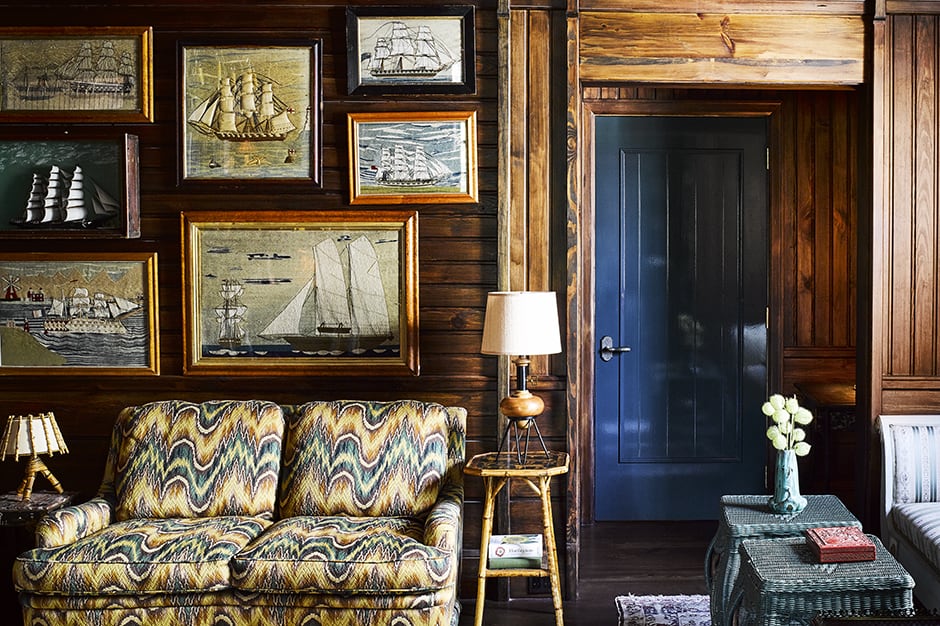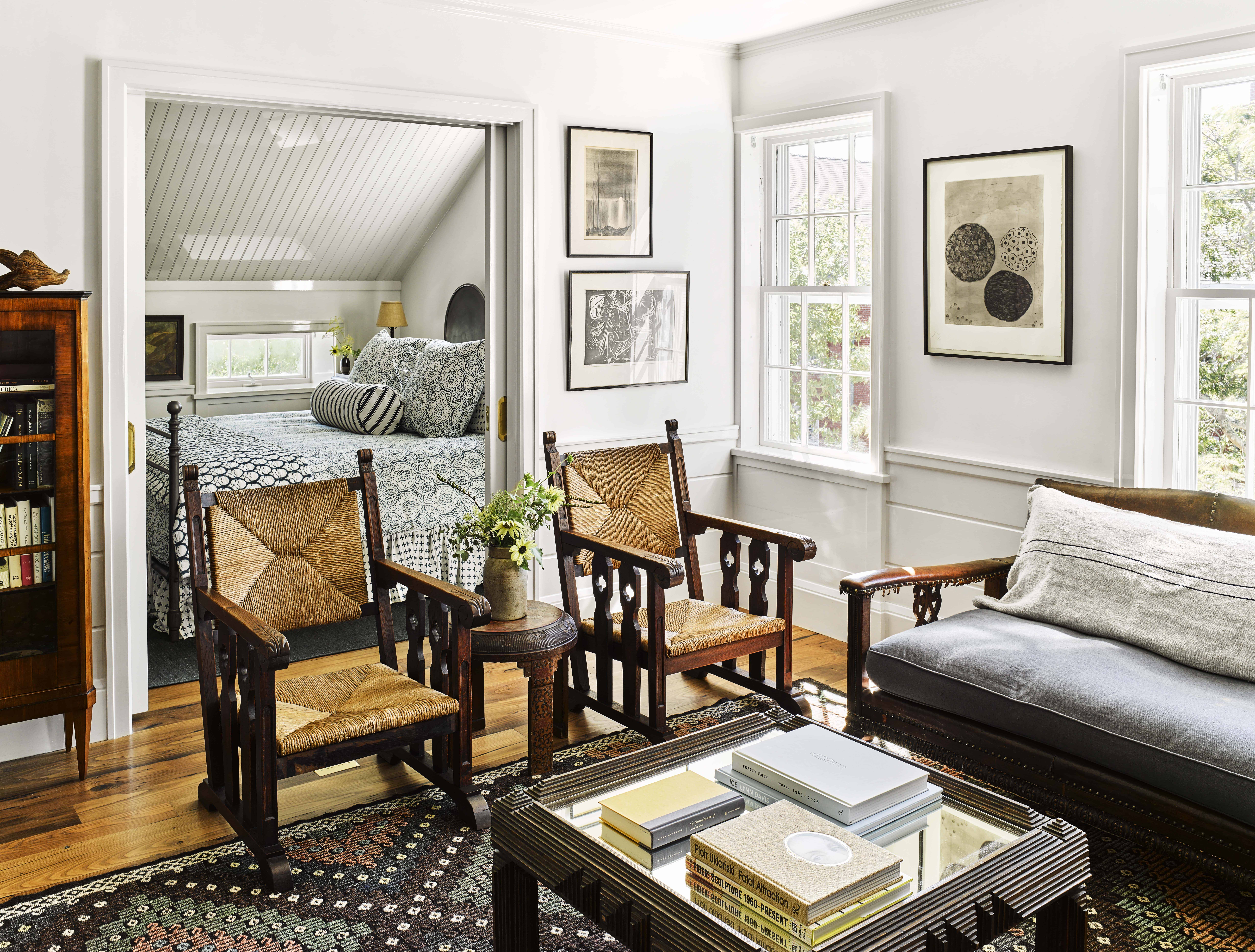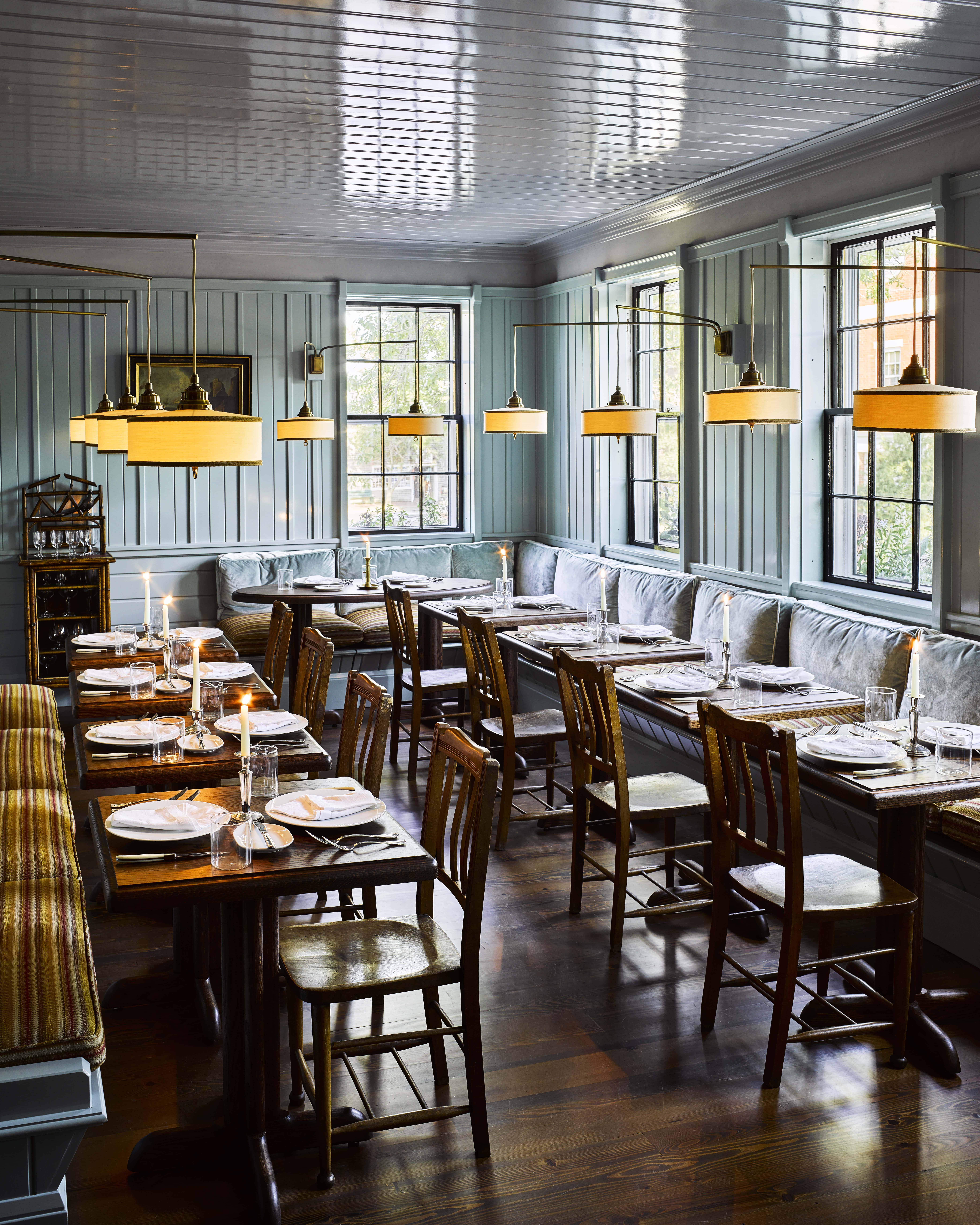Join/
Travel Spotlight
First Look: Greydon House
Some thirty miles out to sea, on what Herman Melville dubbed “an elbow of sand,” the flat, windswept island of Nantucket has weathered a rich and legendary history. Originally home to Wampanoag Indian tribes, the island was settled in 1659 by the British and subsequently became the whaling capital of the world and a global trading post due to its advantageous position in the Atlantic. Today, Nantucket’s storied past is threaded throughout the sandy isle, but perhaps no hotel cherishes this heritage as much – or as stylishly – as the new Greydon House.
Related: New on Nantucket
[caption id="" align="alignnone" width="620"]
Opened in late 2016, Greydon House is the result of herculean efforts of three East Coast developers, whose vision was to create an elegant retreat that reflected the island’s origin as a seafaring community. As Nantucket becomes increasingly recognized as a chic summer haven for the elite, the trio – Alexander and Jeremy Leventhal and Elliot Gould – longed to recapture the soul of the petite, but powerful whaling hub.
The answer came with the purchase of a mansion at 17 Broad Street, which was built in 1850 for a ship captain and was most recently the home of his descendants. The Nantucket-based architectural firm, Emeritus, conceived of a design that would move the mansion from its foundation just a few feet to the right. In the home’s original site, a new addition would be built in the Second Empire style of the other manses lining Broad. With a façade that soundly upheld the integrity of the island’s character, the notoriously strict Nantucket Zoning Board approved the hotel’s plans, and thus a once imaginative vision became reality.
Related: Stylish Summer Escapes
Today, the Greydon House building looks effortlessly combined and so natural within its surrounds that the only revealing feature of its building’s once individual identities is the paint color – the original build is washed in white, while the new addition is a muted gray hue. Both façades are cheerfully tiered with window boxes brimming with purple and white flowers, and bulbed blooms march along the brick sidewalk in front of the hotel. In keeping with the hushed sophistication of the island, the hotel’s signage is discreet, just a black sign over the sidewalk with the gold GH emblem and a hippocampus, the hotel’s symbol of the mythical Greek creature that is half horse, half fish.
Entering the galley-sized reception space, a sense of history envelops, as if one had stepped into an elegant captain’s 19th-century quarters, with encased oak paneling, velvet drapes and precious antique furnishings, peppered with whimsical, old-world touches: a band of Portuguese tiles running along the wall, a vintage lantern, a scrimshaw carving. The property’s interiors were entrusted to New York design firm, Roman and Williams, known for their work on the youthful Ace Hotels, with the intent to commemorate Nantucket’s past with a curated and thoughtful vision. Throughout Greydon House, Roman and Williams exquisitely unfurled the history of Nantucket’s 350 years of settlement, with common spaces that pronounce the entrenched maritime heritage of the island and airy guest rooms that embrace its incarnation into a stylish seaside destination.
Related: Jill Kargman's Nantucket
[caption id="" align="alignnone" width="620"]
An artistic eye imbues the entire property and the owner’s impressive collection of Brooklyn-based artist Terry Winters’ work hangs throughout. The first-floor hallway leads to his vibrant, kaleidoscopic painting of a heron’s white silhouette surrounded by crimson, emerald and sapphire shades that is juxtaposed by the dimly lit blue walls. Further up the winding passageways, lined with Winters’ abstract charcoal drawings of circular shapes, are the 17 guest rooms. Each chamber follows a successful recipe: white, wood-paneled walls, John Robshaw printed bedspreads and spectacular bathrooms with products from organic beauty shop Follain.
The intricate showers pay homage to Nantucket’s trade relations with Portugal as azulejo – hand-painted Portuguese tiles – decorate the floors and half of the shower wall. Roman and Williams also embellished the nautical rooms with vintage treasures, channeling a captain host who arrayed his sailing finds for his guests to appreciate. To one side of the room, there may be a bench fashioned of bamboo, or in the corner, a lantern with slender slits as to ricochet light, or hanging bedside, a tiny needlework piece featuring a whaling vessel. While room sizes range from comfortably spacious to quite cozy, there are a few that share an entry foyer, which can be closed-off, making these options ideal for families or groups traveling together.
Marcus Ware, formerly of two Michelin-starred Aureole in New York, was called upon to oversee the property’s eponymous restaurant. While the front room boasts a light color palette and spacious seating, the comfortable couches and low tables in the atmospheric back dining room truly capture the historic ambiance of Greydon House. Outfitted like a stylish ship study, the bar area and lounge boast old-fashioned light fixtures, a wall lined with antique ship sketches and a massive bookcase of weathered titles. Tucked in the corners are elegant shelves and lacquered tables topped with a mesmerizing selection of global curios, as if amassed on seafaring voyages.
The food, however, is hardly a step back in time, but rather a celebration of the present. Marcus Ware is committed to highlighting the freshest local ingredients with an edited menu of artistically plated dishes. Begin with the oysters drizzled with orange mignonette or the Hamachi crudo balanced with avocado and citrus flavors before tucking into the local scallops or the standout, a perfectly seared halibut atop white asparagus and leeks. A wine list with bottles from California, France and South Africa and a cocktail menu of classic concoctions round out the true gastronomic experience.
[caption id="" align="alignnone" width="620"]
Greydon House beautifully honors the island’s steadfast spirit, with a thoughtful design that illustrates the international and insular influences that created a place so beloved. In a tide of sameness, few properties reflect the terroir of their environments as lovingly as Greydon House, an ode to the tiny isle and the generations who treasure it.
Related: Spotlight: The Pitcher Inn
[caption id="" align="alignnone" width="620"]
Contact Indagare for assistance planning a vacation to Nantucket.
Who Should Stay Couples, groups of friends and families with older children who desire a sophisticated, old-world ambiance with a convenient location in town and don’t mind forgoing amenities like a gym, spa and pool. The vibe is decidedly hushed and there are no common spaces, so families with younger children would be happier at the nearby White Elephant or Nantucket Hotel.
How to Get There Nantucket is accessible by direct flights in season from New York, Boston, Washington, DC and Philadelphia and by ferry from Cape Cod, Boston and New York.
Published onJune 20, 2017
Plan Your Trip With Us
We only feature hotels that we can vouch for first-hand. At many of them, Indagare members receive special amenities.
Get In Touch


